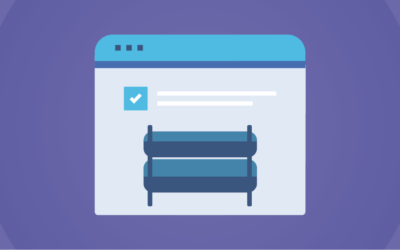As we approach warmer months, a thorough cooling season checklist will ensure that your plant’s cooling systems operate at peak efficiency through the summer months.
- Check for wintertime damage. Inspect flue stacks, chimneys, ductwork, gas lines, electrical conduits, roof drains, weather stripping, and door/window seals and set repair work in motion.
- Check and repair any damage to the heating system that may have occurred during the cold weather and address any degradation to the boiler, furnace, heat pumps, ductwork, steam traps, or other critical components of the heating system.
- Conduct post-heating season diagnostics, such as vibration or oil analyses, to check for efficiency issues or parts degradation and address potential problems proactively.
- Test cooling systems by checking all equipment, including chillers, cooling towers, rooftop units, fans, pumps, and coils, to make sure that everything is ready for start-up.
- Ensure indoor air quality (IAQ) is at its best by making sure ventilation systems are maintaining proper air flow and distribution and that fans are clean.
- Prevent growth of bacteria, mold, and dust mites by monitoring humidification and dehumidification systems to make certain they are working properly. Pay particular attention to any areas that might allow moisture penetration, such as wall cracks or leaky windows.
- Implement a preventive-maintenance routine that includes regular testing for temperature, humidity, toxic gases, particulates, and biological pollutants
- Evaluate your winter utility bills and target the areas where you can improve efficiency next heating season
- Review purchasing agreements for fuel, oil, and gas and negotiate contracts for the coming winter before rates increase.
- Evaluate energy performance relative to your energy baseline and make necessary adjustments



